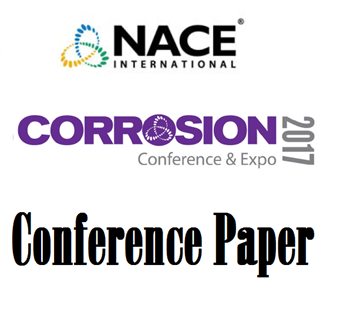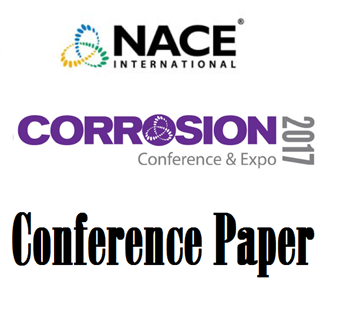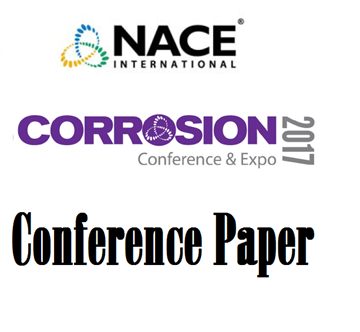Search
NACE Conference Papers
View as
Sort by
Display
per page
Influence Of Organic Acids Released During Hydrothermal Liquefaction Of Biomass On Corrosion Of Candidate Reactor Alloys
Product Number:
51321-16612-SG
Publication Date:
2021
$20.00
Influence of Powder Size of the Vapor Corrosion Inhibitor on Inhibiting Effectiveness
Product Number:
51317--8851-SG
ISBN:
8851 2017 CP
Publication Date:
2017
$20.00
Influence of Repeated Welding Thermal Cycle on The Mechanical Properties of SA516 Steel Weldment
Product Number:
MPWT19-14345
$0.00
Influence of Shear Stress on the Pitting Corrosion Susceptibility of Austenitic Stainless Steel in Brine Evaluated in the Rotating Cylinder Electrode
Product Number:
51319-13362-SG
Publication Date:
2019
$20.00
Influence of Stress and Temperature on Stress Corrosion Cracking of Welded Duplex Stainless Steel Joints under Drop Evaporation Test
Product Number:
51319-13420-SG
Publication Date:
2019
$20.00
Influence of Structural Features of Scale Inhibitors on the Control of Silica Scaling
Product Number:
51319-12861-SG
Publication Date:
2019
$20.00
Influence of the Hardening Phases on the Hydrogen Embrittlement Susceptibility of Ni-Alloys based on UNS N07718
Product Number:
51320-14667-SG
Publication Date:
2020
$20.00
Influence Of The Surface Condition On The Pitting And SCC Resistance Of Alloy UNS N07718 Produced Via Selective Laser Melting
Product Number:
51321-16949-SG
Publication Date:
2021
$20.00
Influence of the UV Radiation on the Corrosion Resistance of the Carbon-Based Coatings for the Marine Industry
Product Number:
51319-12950-SG
Publication Date:
2019
$20.00
Influence of Ultrasonic Nanocrystal Surface Modification on the Corrosion and Stress Corrosion Cracking Behavior of Welded Joint in District Heating Pipe
Product Number:
51317--8953-SG
ISBN:
8953 2017 CP
Publication Date:
2017
$20.00
Infrastructure Corrosion Issues and Solutions on Military Bases
Product Number:
51317--9212-SG
ISBN:
9212 2017 CP
Publication Date:
2017
$20.00
Inhibited Erosion-Corrosion of Carbon Steel in Sweet Production with CaCO3 Versus Sand Particles
Product Number:
51319-13433-SG
Publication Date:
2019
$20.00












